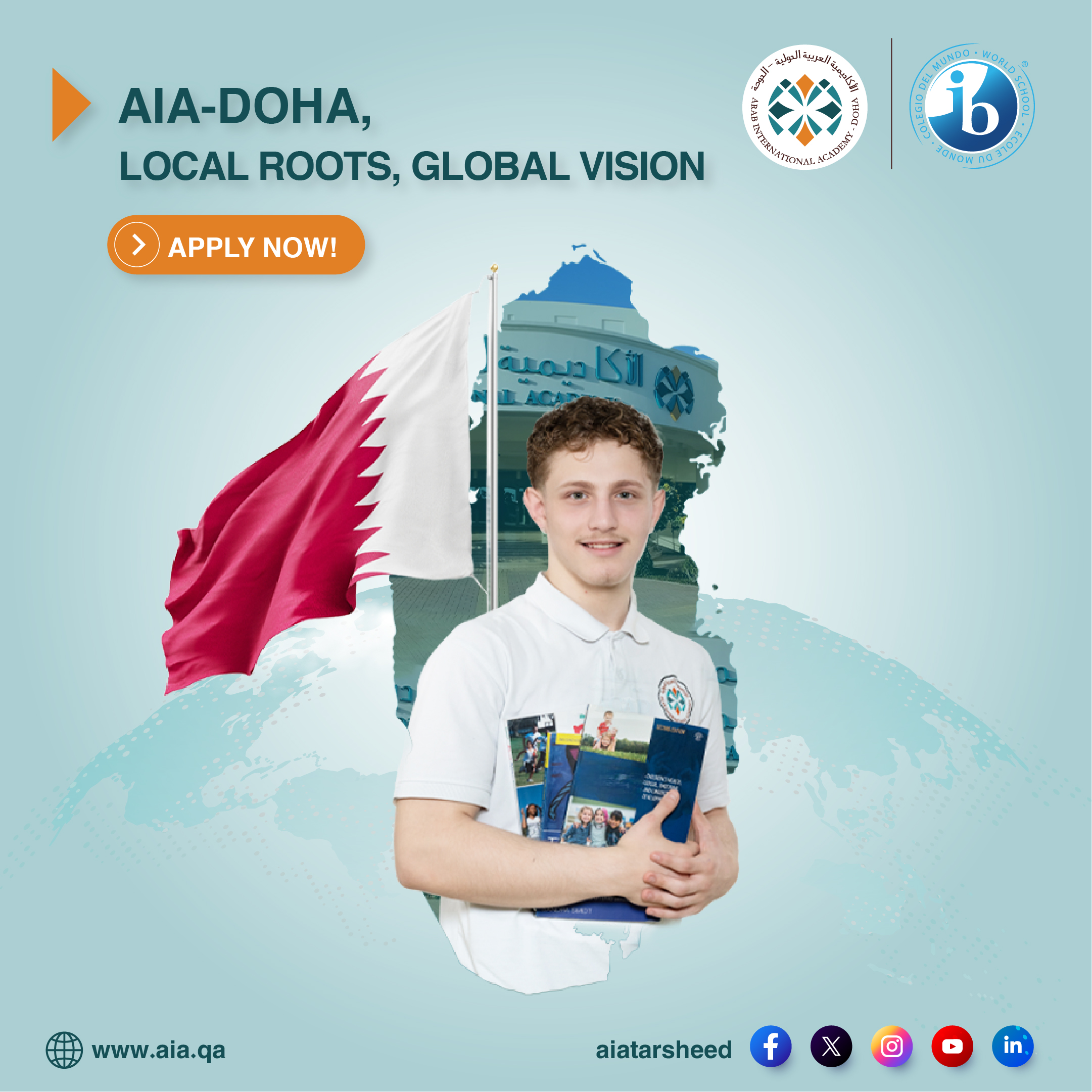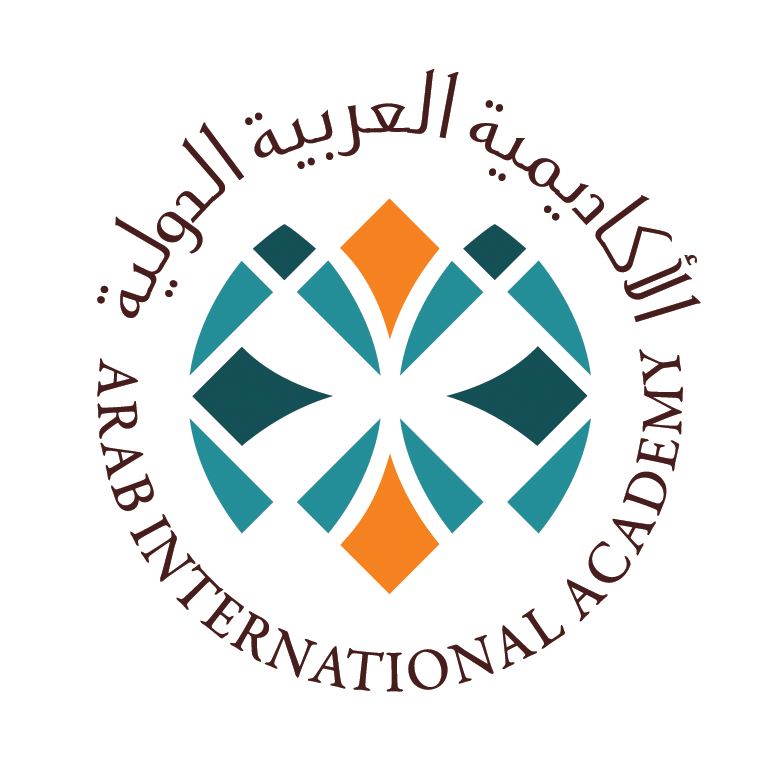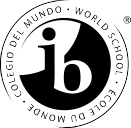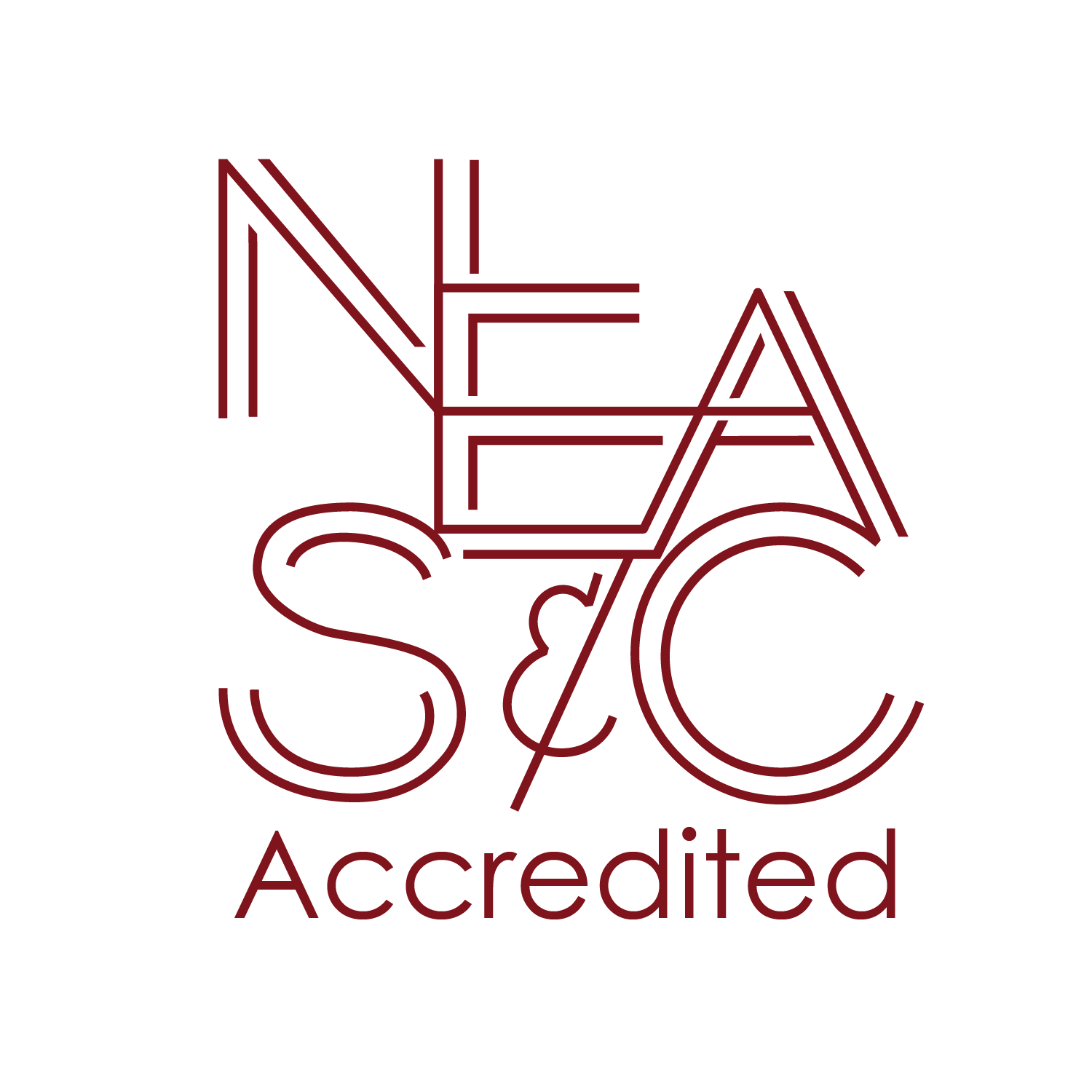Grade 6 - 10
Arab International Academy is an International Baccalaureate (IB) World School for the Diploma Programme (DP) and Middle Years Programme (MYP). For more information on these programs, please visit the IBO website: www.ibo.org
The IB MYP, as described in the documents of the IBO, is a program of study designed to meet the educational needs of students between 11 and 16 years of age. It provides a framework of learning that encourages students to become creative, critical and reflective thinkers.
The curriculum contains eight subject groups:
Language and Literature: Every student enrolled in the program must learn his/her first language at an advanced level. At AIA, a student can learn Arabic or/and English as a first language.
Language Acquisition: All students must learn a second language appropriate to their background in that language. Students at AIA can learn Arabic, English or French as a second language at different levels.
Individuals and Societies: The aim of this course in the MYP is to encourage students to gain and develop knowledge, conceptual understanding, research skills, analytical and interpretive skills, and communication skills, contributing to the development of the student as a whole. The course aims at encouraging students to respect and understand the world around them, and to provide a skills base to facilitate further study. This is achieved through the study of individuals, societies and environments in a wide context: historical, contemporary, geographical, political, social, economic, and cultural. AIA focuses on World History and Qatar History.
Sciences: The MYP sciences course incorporates information, knowledge, facts, and practical applications of the scientific branches biology, chemistry, and physics. In grades 6- 8, this subject is taught as general science whereby in grades 9 and 10, students learn physics, chemistry and biology as separate subjects.
Mathematics: The MYP Math courses at AIA integrate the four branches of Mathematics study: (Number Systems, Algebra, Space and Geometry and Measurement and Data). These courses provide a foundation of the basics skills necessary for further Mathematics courses.
Arts: Students in the MYP are required to experience different kinds of performing arts (drama and music) as well as visual arts (visual art and media). In the MYP, the arts challenge students to consider authentic issues and develop their skills beyond superficiality and imitation. Students are provided with opportunities to function as artists, as well as learners of the arts.
Physical and health education: Physical education in the MYP is concerned with more than just participating in sports and games. Its primary aims are to encourage the development of "intelligent performers" and understand the importance of a balanced healthy lifestyle, develop knowledge, critical thinking and reflection skills, and sense of responsibility as well as interpersonal and self-motivational skills.
Design: The MYP design course aims at encouraging students to apply creative and practical thinking skills to solve problems. Students learn and implement the design cycle; analyzing the problems, developing feasible solutions, creating solutions, testing and evaluating solutions. Students also learn to use appropriate technologies to create solutions.
Community Project
The community project focuses on community and service, encouraging students to explore their right and responsibility to implement service as action in the community. The community project gives students an opportunity to develop awareness of needs in various communities and address those needs through service learning. The community project may be completed individually or by groups of a maximum of three students and students are expected to spend around 15 hours on their community projects.
Personal Project
The personal project encourages students to practice and strengthen their ATL skills, to consolidate prior and subject-specific learning, and to develop an area of personal interest. Every student is required to produce independently a personal project during the last year of the program and spend around 25 hours on it. Teachers will be assigned to supervise students during their work on the personal project.













